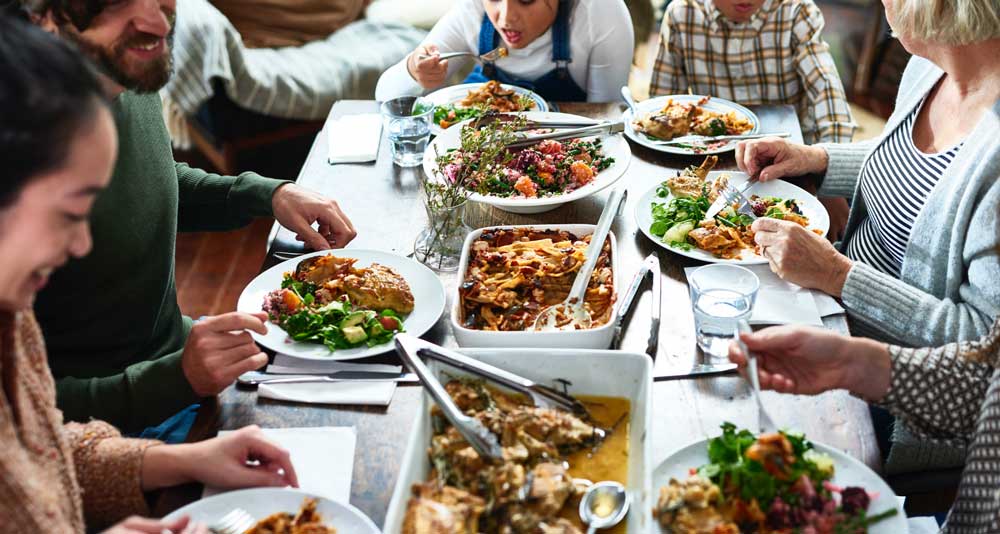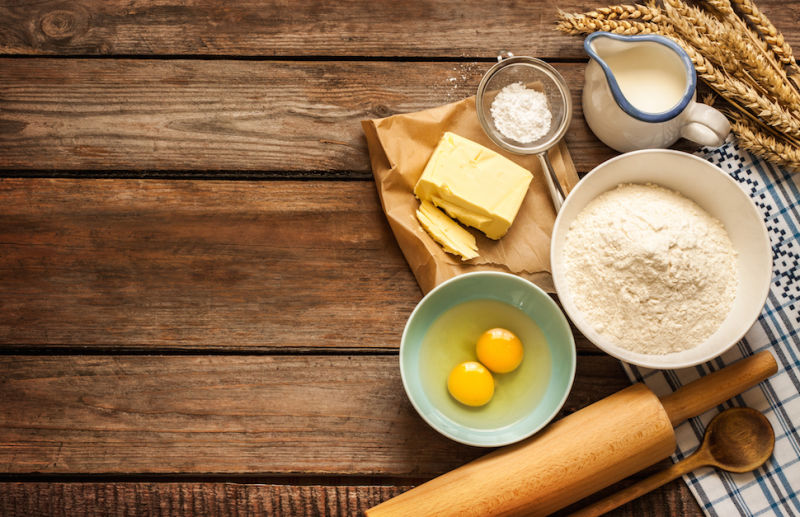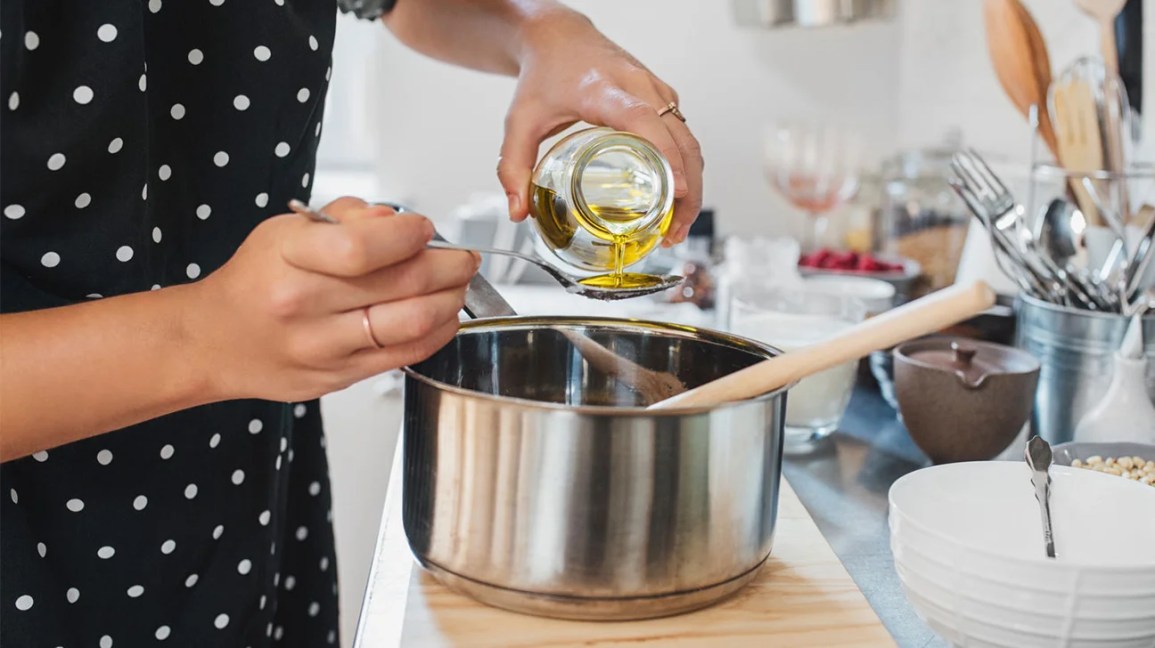
Are you tired of ordering takeout every time you crave a delicious pizza? Look no further! This article will guide you through the art of pizza making at home, ensuring that you can enjoy a safe and satisfying dining experience.
From preparing the perfect dough to choosing the tastiest toppings, our step-by-step instructions will have you creating mouth-watering pizzas with ease.
Say goodbye to delivery and hello to homemade pizza perfection. Let's get started!
Prepare the Dough
To begin the process of making homemade pizza, it is essential to prepare the dough with precision and care.
The first step is to choose the right flour for your dough. Opting for bread flour will give your pizza crust a chewy texture, while all-purpose flour will yield a lighter crust.
Once you have selected your flour, it's time to start kneading. The kneading technique involves working the dough with your hands to develop gluten, which gives the dough elasticity. Knead the dough for about 10 minutes until it becomes smooth and elastic.
If you prefer a quicker alternative, you can use instant yeast instead of active dry yeast. Instant yeast does not require proofing and can be added directly to the flour.

Preheat the Oven
To ensure optimal results when making homemade pizza, the next crucial step after preparing the dough is preheating the oven to the recommended temperature. The importance of oven temperature control cannot be overstated. Preheating the oven ensures that the pizza cooks evenly and thoroughly, resulting in a perfectly crispy crust and melted toppings.
There are different methods of preheating an oven, but the most common one is to set the oven to the desired temperature and allow it to heat up for at least 15 to 20 minutes. This allows the oven to reach the desired temperature and ensures that the pizza cooks properly. Another method is to use an oven thermometer to accurately gauge the temperature, as oven dials can sometimes be inaccurate.
It is vital to follow proper preheating instructions to avoid undercooked or burnt pizza. By preheating the oven correctly, you can enjoy delicious homemade pizza that rivals your favorite pizzeria.
Choose Your Toppings
After preheating the oven to the recommended temperature, it is time to carefully select your desired toppings for the homemade pizza. The toppings you choose will define the flavor and appeal of your pizza, so it's important to get creative and think outside the box. Here are some creative topping combinations to consider:
- Classic Margherita: Fresh basil leaves, sliced tomatoes, and mozzarella cheese.
- Mediterranean Delight: Kalamata olives, feta cheese, red onions, and roasted red peppers.
- Spicy Veggie: Jalapenos, bell peppers, red onions, and a sprinkle of chili flakes for an extra kick.
If you prefer vegetarian options, here are a couple of ideas:
- Veggie Supreme: Mushrooms, bell peppers, black olives, spinach, and onions.
- Mediterranean Veggie: Artichoke hearts, sun-dried tomatoes, roasted garlic, and feta cheese.
Remember to be mindful of any dietary restrictions and preferences when choosing your toppings. Enjoy the process of experimenting with different flavors and creating your own unique pizza masterpiece.
Roll Out the Dough
To begin the process of rolling out the dough for your homemade pizza, prepare a clean and lightly floured surface. Before rolling, make sure your dough is properly kneaded. Kneading helps develop the gluten in the dough, giving it elasticity and structure. Start by gently pressing the dough with the heels of your hands, then fold it in half and repeat the process. Continue kneading until the dough becomes smooth and pliable.

Once kneaded, divide the dough into portions for individual pizzas. Take one portion and shape it into a ball by folding the edges underneath. Place the ball on the floured surface and press it down gently to flatten it. Using a rolling pin, start in the center and roll the dough outwards, rotating it occasionally to ensure an even thickness.
To shape the crust, gently lift the rolled-out dough and place it on a pizza peel or baking sheet lined with parchment paper. You can now proceed to add your desired toppings and bake the pizza in a preheated oven.
Spread Sauce
Continuing from the previous step of rolling out the dough, proceed by evenly spreading the sauce onto the prepared pizza crust. The sauce is an essential component of a delicious pizza, as it adds flavor and moisture to the crust. There are different types of pizza sauces available, each with its own unique flavors. Some popular options include traditional tomato sauce, garlic-infused oil, pesto, and even white sauce made with cream and cheese.
To achieve the perfect sauce to crust ratio, here are a few tips:
- Use a ladle or spoon to distribute the sauce evenly across the crust.
- Start from the center and work your way outwards, leaving a small border around the edges.
- Avoid overloading the pizza with sauce, as it can make the crust soggy.
- Experiment with different sauce flavors and amounts to find your preferred balance.
Frequently Asked Questions
How Can I Make My Pizza Dough Gluten-Free?
To make a gluten-free pizza dough, you can use alternatives like almond flour, coconut flour, or a gluten-free flour blend. Follow a recipe specifically designed for gluten-free dough and consider adding xanthan gum for better texture.
What Are Some Creative and Unique Topping Combinations to Try?
When it comes to gourmet pizza toppings, the possibilities are endless. From savory combinations like prosciutto and arugula to unique options like fig and goat cheese, experimenting with different flavors can elevate your homemade pizza experience.
Can I Use a Pizza Stone Instead of Preheating My Oven?
Using a pizza stone instead of preheating the oven can help achieve a crispy crust. However, there are alternative baking techniques without a pizza stone, such as using a baking sheet or a cast-iron skillet. Safety precautions should always be followed when using any cooking equipment.

What Is the Best Way to Store Leftover Pizza Dough?
The best way to store leftover pizza dough is to wrap it tightly in plastic wrap and place it in an airtight container in the freezer. To revive the dough, thaw it in the refrigerator overnight and let it come to room temperature before using.
How Can I Achieve a Crispy Crust Without a Pizza Stone?
To achieve a crispy crust without a pizza stone, there are several techniques you can try. Preheating a baking sheet or using a cast iron skillet as an alternative baking tool can help create the desired texture and crunchiness.
 Family Craft ProjectsHome ImprovementCooking and BakingReuse and RecycleDIY GiftsEco-Friendly ProjectsDIY Home SolutionsSeasonal ActivitiesFun and GamesLearn TogetherPrivacy PolicyTerms And Conditions
Family Craft ProjectsHome ImprovementCooking and BakingReuse and RecycleDIY GiftsEco-Friendly ProjectsDIY Home SolutionsSeasonal ActivitiesFun and GamesLearn TogetherPrivacy PolicyTerms And Conditions

 Family Craft ProjectsHome ImprovementCooking and BakingReuse and RecycleDIY GiftsEco-Friendly ProjectsDIY Home SolutionsSeasonal ActivitiesFun and GamesLearn TogetherPrivacy PolicyTerms And Conditions
Family Craft ProjectsHome ImprovementCooking and BakingReuse and RecycleDIY GiftsEco-Friendly ProjectsDIY Home SolutionsSeasonal ActivitiesFun and GamesLearn TogetherPrivacy PolicyTerms And Conditions
